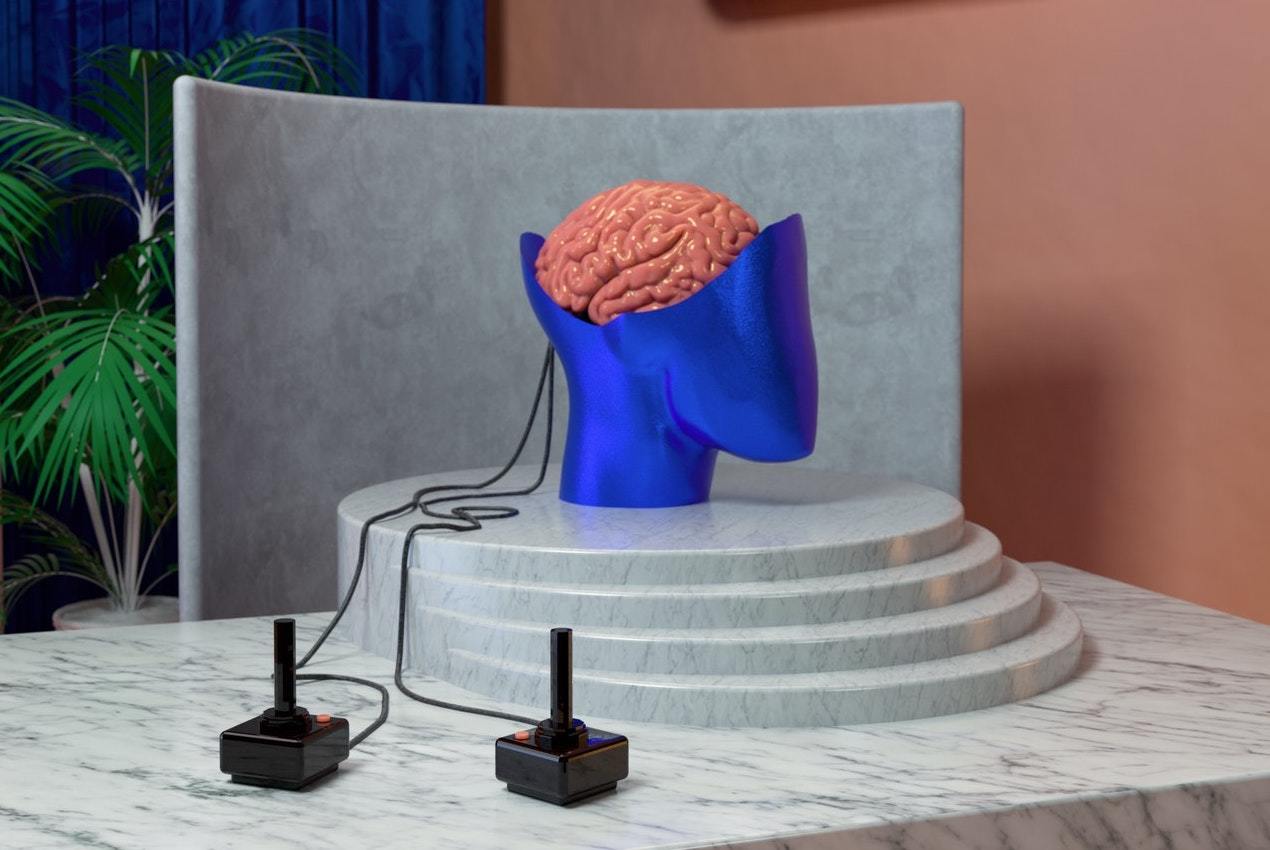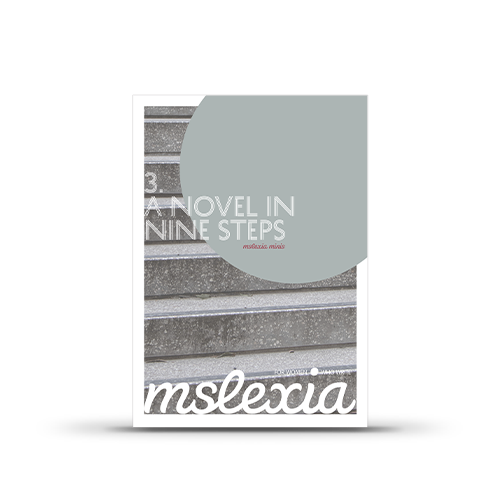
Psychoanalysis and fiction are two disciplines that have always had a richly creative dialogue with one another. Freud himself was in some ways a novelist manqué – a vivid writer with an extraordinary imagination and persuasive descriptive powers. Like any good writer, he was deeply interested in stories, narratives and histories – especially the story of what makes us who we are.
It’s perhaps for this reason that so many psychoanalysts and psychotherapists, myself included, come from a literary background. In many ways I can think of no better foundation for a career in psychotherapy. When I meet a new client, just as when I open a new novel, I’m instantly ‘reading’ at different levels. I’m thinking about the content of the story they’re telling me, and about the way in which they’re telling it – and I’m thinking about how their account makes me feel. Essentially, I’m trying to deconstruct their character, to get a sense of who they are and how they came to be this way.
I work in a similar way with novelists today, applying psychoanalytic theory to their writing. I believe that if fictional characters are to convince a reader, they need to have convincing inner lives and traceable emotional histories. They need to stand up to close analysis. This is why writers need to ask the same questions of their characters that I ask my clients: Why do they do what they do? What motivates them? How have they become who they are?
Some writers speak of their characters as if they spring to life fully-formed. They talk of characters ‘running away with the plot’, as if the writer has no control over the process. For me, however, there’s real value in thinking deeply about your character’s backstory – the early environment and relationships that have shaped them. I believe this helps writers create convincing characters who are psychologically consistent.
If you understand where your character comes from, then you will understand their hopes, fears, desires and vulnerabilities; the things they hide from others – and from themselves. This will provide you with a blueprint of how your character is likely to behave in any context. Drop them into a cocktail party, a battlefield, a desert island; introduce them to their new boss, their long-lost mother, the man who ran over their cat – if you know your character, really deeply know them, then you will know how they are likely to respond.
If this is something you are interested in pursuing as a writer, a really helpful area of psychoanalytic theory is ‘object relations theory’. When Freud was first developing psychoanalytic theory, he put ‘drive theory’ at the heart of his thinking. This posits that human beings are fundamentally motivated by the urge to gratify the primitive instinctual ‘drives’ of hunger, anger and sexual arousal.
Object relations theory takes this one stage further, suggesting that even more important that these basic instincts for understanding a person is the drive to form relationships. The two main pioneers of object relations theory were psychoanalysts Melanie Klein and Ronald Fairbairn, working in the 1940s and 1950s. They were among the first to move psychoanalytic thinking from a drive model to what we would now call a relational model. These days we think less in terms of drives and more in terms of the impact of early relationships.
The most confusing thing about object relations theory is the word ‘objects’. This refers to the idea that we all have an internal world populated by objects, i.e. representations of certain aspects of our relationships. The reason that we call these ‘object relations’ and not ‘personal relationships’ is because these internal objects may not be individual people. They might be composites of several people, or just part of a person, e.g. the breast in early mother-baby relationships. The term ‘object’ also implies that we don’t always relate to other people as complete individuals; we often relate to them in a way that’s selective or objectifying.
So an external ‘object’ is a real person in whom we’ve invested emotional energy. An internal ‘object’ is our internal representation of that person, i.e. our own particular version of that person, coloured by our emotional experience of them.
Some examples of ‘internal objects’ might be:
• vulnerable mother who I have to care for
• nurturing grandmother who I can rely on
• rival sibling with whom I am in competition
• unavailable father who I pretend not to need
• dismissive grandfather whose approval I seek
• idealised teacher whose support makes me feel good
This partial representation means we can have two different aspects of the same person as ‘internal objects’: an internal ‘good mother’ and an internal ‘bad mother’; an internal supportive father and an internal critical father.
Object relations theory suggests that children’s early relationships cause them to develop an internal world populated by internal objects. This forms an internal working model of external reality, which persists into adult life. This is why psychoanalysts aren’t just interested in their patients’ relationships with real people – they’re interested in the internal relationships their patients have with their internal objects.
I find it helpful to think of this internal world as a sort of map developed by a child to locate him- or herself in relation to other people, based on his experiences. The child uses this internal map to navigate what to expect, what to do, in the real world.
Children who grow up without a stable, loving and consistent early environment will therefore develop an internal map of a world that’s painful, difficult and confusing. This is the map they’ll carry on navigating the world by as adults, even when the context has changed. If your internal map warns you to watch out for rocks and cactuses, you’re going to navigate the world as if it’s full of rocks and cactuses – even when you’re walking through sunny green fields. If we don’t have happy trusting relationships as children, this will complicate our attempts to form happy trusting relationships as adults.
Belgian psychoanalyst Esther Perel, best known for her podcast series Where Should We Begin, describes our internal worlds in terms of ‘scripts’. She suggests that when we enter into a relationship, we may find ourselves recruited for a role we didn’t audition for. At the same time, we are all unconsciously recruiting people to play roles in our own internal scripts. We have a tendency to see other people in terms of what they represent to us, slotting them into roles from a script we may have been reading our whole lives.
This process of slotting someone into an internal script is known in psychoanalysis as transference. When it happens in therapy, it can provide clues about how the patient relates to others and how they themselves might have been related to in their early life. The transference becomes a way of seeing past relationships come to life in the here-and-now. And, of course, the phenomenon isn’t confined to psychoanalysis; we see it at work in all relationships.
It can be expressed in fictional relationships too. Your characters’ early relationships will have created an internal world populated with internal objects. A child who has had largely good early experiences will have internalised largely good objects and will be able to draw on these good memories as a source of support, helping them to remain psychologically stable throughout periods of stress. They are likely to expect the best of themselves and others – and will enter new relationships with a predominantly positive transference and emotional self-sufficiency.
In contrast, someone whose internal world is populated by hostile, rejecting, or absent objects, is likely to feel less confident, less secure, less able to be creative, flexible and free. Their assumptions will be based on the kinds of relationships which they have with their internal objects. They will expect to be abandoned, neglected or abused. They will assume that in order for a relationship to function they have to behave in certain compromised ways: by being placating and accommodating; hiding their neediness or their anger; being compulsively helpful.
If you have spent time thinking about what your characters’ internal maps look like, you should have a good sense of how they navigate their emotional world. You will know which path they are likely to choose at each crossroads. Their choices and actions will make sense to you. And, hopefully, they will make emotional and psychological sense to your reader too.
Try this
Try mapping your character’s internal world, the early constellation of relationships. Think about their experiences and relationships, ideally up to the age of five – though you could continue into their teens if you think that’s significant.
Think about important early figures in your character’s life and the quality of the relationship s/he had with each one; the expectations and assumptions that might have been laid down about relationships in the future.
Once you have this, try mapping your character’s current adult relationships in the fiction you are creating. Are there any parallels? Might the dynamic of their relationship with their partner/child/employer mirror the dynamics of a relationship s/he had in early life?
Arabel Charlaff is an accredited psychotherapist who teaches on the WPF Therapy diploma course in psychodynamic theory and practice, and has worked in the NHS, in education and private practice. Before training as a therapist she worked for over a decade as a ghost-writer, editor and literary consultant. She is the founder of Characters on the Couch, a service that uses psychoanalytic theory to help writers bring their characters to life. She teaches at the Faber Academy and at WPF Therapy.
This article appeared originally in Issue 84 of Mslexia magazine.

